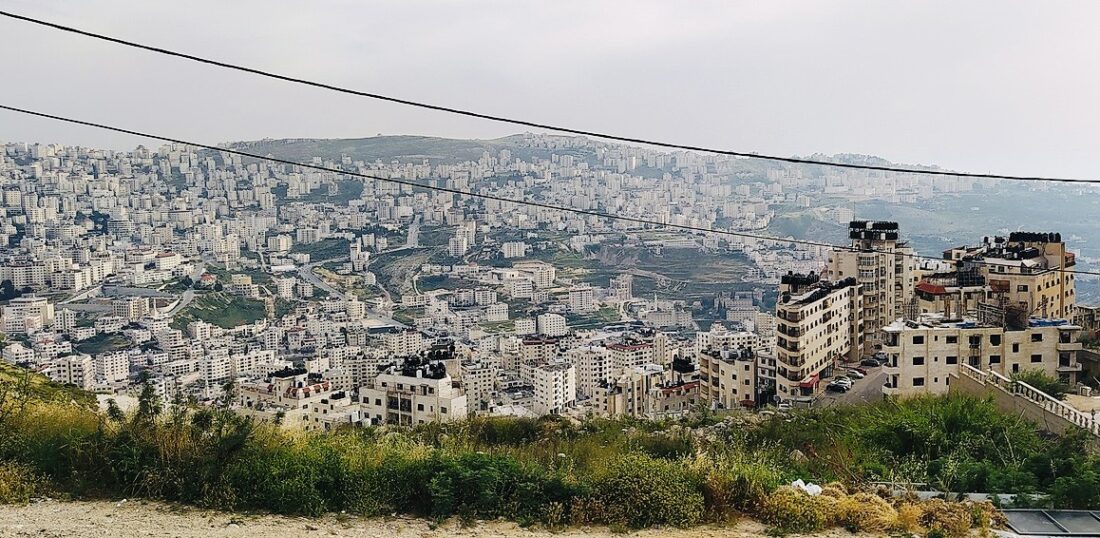The latest wave of Palestinian violence in the West Bank raises two salient questions.
Is it yet another transitory manifestation of Arab anger at and frustration with Israel’s deeply-entrenched occupation? Or does it represent something far more serious — the first stirrings of a third uprising?
No one can divine the future, but the recurring bloodshed has become a source of increasing concern to Prime Minister Yair Lapid and Defence Minister Benny Gantz.
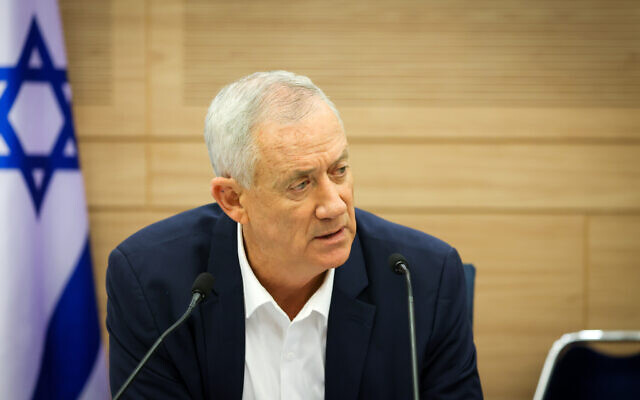
More than 80 Palestinians have been killed in clashes with the Israeli army in the past six months, the highest death toll since 2015. Some 2,000 Palestinians have been arrested, and more than 240 planned assaults — shootings, suicide attacks, bomb attacks, and kidnappings — have been thwarted.
Many of the incidents have taken place in the northern West Bank, in the Jenin and Balata refugee camps, in Jenin itself, and in the town of Nablus, all of which are hotbeds of anti-Israel activity.
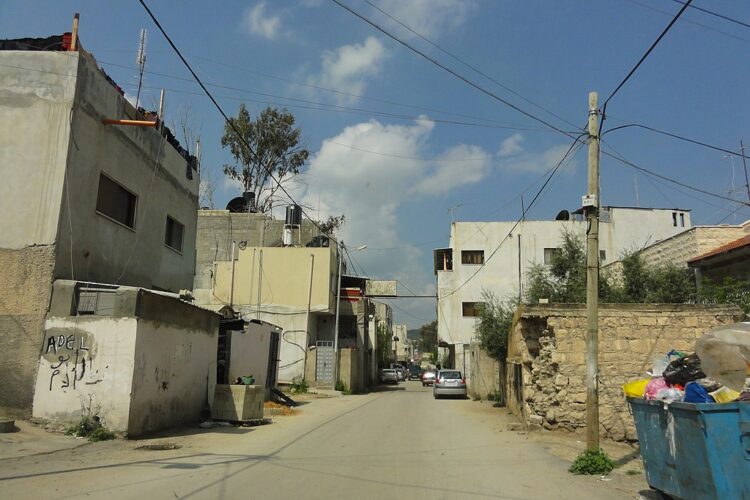
“The West Bank, especially its northern part, is boiling, and things could slide into a violent popular uprising,” Ron Ben-Yishai, the military correspondent of the Israeli daily Yedioth Ahronoth, warned recently.
The attackers have been mostly armed youths who do not particularly identify with either Fatah or Hamas and are greatly influenced by provocative and inciteful content on social media sites like TikTok.
Their targets have been Israeli soldiers and Jewish settlers. According to Ronen Bar, the director of the Shin Bet internal intelligence agency, there has been a massive increase in shooting attacks against troops and civilians in the West Bank, from 19 and 98 in 2020 and 2021 to 130 so far this year.

The current unrest started after Israel, in Operation Breakwater, launched a series of raids in the West Bank following a spate of Palestinian and Israeli Arab terrorist attacks inside Israel in March and April which claimed the lives of 17 Israelis and two Ukrainian workers.
Israel has not experienced such a concentrated bout of terrorism since 2015.
Prior to this date, Israel was convulsed by two Palestinian intifadas. The first, lasting from 1987 to 1993, resulted in the deaths of 200 Israelis and 1,162 Palestinians The second, extending from 2000 to 2005, caused the deaths of 1,100 Israelis and 4,900 Palestinians.
During the second uprising, Israel invaded the Palestinian-populated areas of the West Bank in Operation Defensive Shield, its biggest raid since the Six Day War.
The first uprising ended as the Oslo peace process got underway. The second petered out in the wake of Israel’s unilateral withdrawal from the Gaza Strip.
The objective of Operation Breakwater is three-fold: to dry up the “swamp” of terrorism, to prevent it from spreading to the rest of the West Bank — which was conquered by Israel during the 1967 Six Day War — and to stop Hamas’ efforts to entrench itself in the West Bank, which, under the 1995 Oslo agreement, was divided into three segments.
Area A, where the major Palestinian towns are located, is ruled by the Palestinian Authority, but Israel reserves the right to intervene militarily. Area B is jointly administered by Israel and the Palestinian Authority. Area C, comprising about 60 percent of the land area of the West Bank and containing virtually all of Israel’s settlements, is exclusively under Israel’s control.
Israeli raids into Area A have not only degenerated into firefights, but have emboldened Palestinians to attack Israelis.
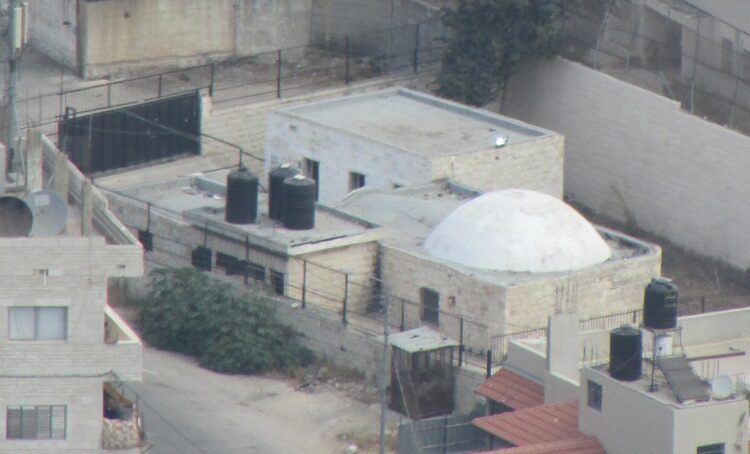
In attacks last month, several Israelis were injured after attempting to enter Joseph’s Tomb in Nablus, while a bus carrying settlers en route to Qalqiliya was riddled with bullets.
On September 4, in what the Israeli media described as a “qualitative shift” in Palestinian tactics, gunmen near the Jordan Valley settlement of Hamra opened fire on a bus transporting Israeli soldiers, wounding seven of them.
That evening, Palestinians wounded four Israeli soldiers at a checkpoint near Ramallah, the headquarters of the Palestinian Authority.
On September 5, a Palestinian belonging to Islamic Jihad was killed in Jenin during clashes with Israeli soldiers.
On September 6, an Israeli armored force burst into the Jenin refugee camp to demolish the home of a terrorist who had planned the deadly shooting of three Israelis in Tel Aviv this past April. On September 7, a Palestinian man was killed during a clash between Israeli troops and Palestinians in the Al-Farah refugee camp near Tubas.
On September 14, in the seam zone between Israel and the West Bank and near the Palestinian village of Jalamah, the deputy commander of an Israeli reconnaissance unit, Bar Falah, was killed during a clash. One of the assailants was an officer in the Palestinian Authority security services.

The following day, Palestinians penetrated Carmel, a settlement in the Hebron Hills, and wounded a yeshiva student.
The chief of the Israeli army, General Aviv Kochavi, has blamed the Palestinian Authority security services for the escalation of terrorist incidents. “The lack of governance of the Palestinian security forces in certain areas of the West Bank constitutes fertile ground for the growth of terrorism,” he said last week.
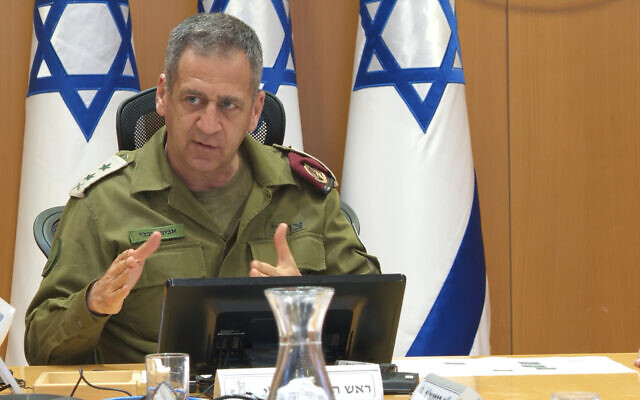
Much to the dissatisfaction of Palestinians, the Palestinian Authority assists Israel in policing the West Bank under a security cooperation agreement dating back to the mid-1990s. But of late, the Palestinian Authority, led by Mahmoud Abbas, has been loathe to abide completely by this pact.
The reason is clear.
Israel has no real interest in resolving its conflict with the Palestinians through a two-state solution and would rather “manage” it with brute force and economic carrots and sticks. The Palestinian Authority calls for a “political horizon,” but its demand is essentially ignored.
As a result, the Palestinian Authority, which is held in low regard by numerous Palestinians due to its corruption and nepotism and its inability to deliver statehood, has threatened Israel.
As the Institute for National Security Studies in Israel puts it in a paper, “At the United Nations General Assembly meeting in September 2021, Abbas delivered an ultimatum whereby if the political process is not renewed within a year, he intends to withdraw the PLO’s recognition of Israel — until Israel for its part recognizes a Palestinian state along the 1967 borders — and to disavow the agreements signed between the PLO and Israel, including the security coordination. Abbas (has) reiterated these threats several times over the past year.”
Such is the fraught relationship between Israel and the Palestinian Authority today that Gantz is the only major Israeli government minister who has met Abbas and his closest associates in the last decade. When they meet on rare occasions, their conversations focus on security and economic issues. And significantly enough, neither Lapid nor his predecessor, Naftali Bennett, have engaged Abbas in talks.
In the meantime, Israel continues to expand its network of settlements and roads in the West Bank, thereby foreclosing the possibility of Palestinian statehood.
Israel’s policy could be disastrous.
The former director of the Shin Bet, Nadav Argaman, warned late last year that Israel’s complacency regarding the Palestinians may be counter-productive.
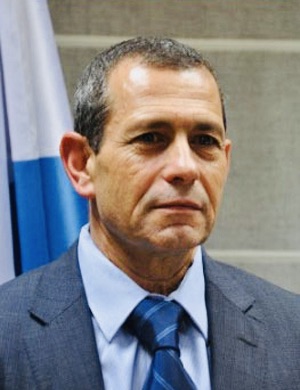
Certainly, Israel’s occupation of the West Bank will have dire demographic consequences, says Arnon Soffer, a Haifa University professor of geography.
According to his calculations, Jews comprise less than 47 percent of the population west of the Jordan River. There are 7.5 million Arabs in Israel, the West Bank and the Gaza Strip, compared to 7.4 million Jews.
Demographically, Israel is morphing into a binational state, an outcome the vast majority of Israeli Jews definitely do not desire. But if Israel hews to the status quo in the West Bank, this is what may happen in the not too distant future.
Meanwhile, the occupation is stirring a mood of fresh rebellion among Palestinians, with all its attendant chaos, instability, violence and despair.
